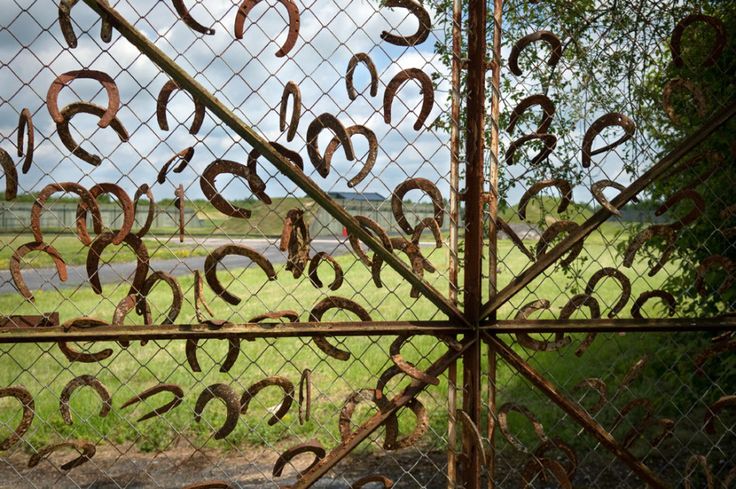Besides our “World War I and America” historical series (see Post #20), we will also be hosting a Kansas Humanities Council Talk About Literature in Kansas (TALK) book discussion series entitled “The Great War.” I chose to use the same books that High Plains Public Radio is using for their Radio Readers book discussion series which begins in January. On January 10, we will be reading and discussing the 1982 novel, “War Horse” by Michael Morpurgo . It is the story of an English farm horse sent to serve the troops in the trenches of France. The horse is the narrator of this book written for young people. It recounts the suffering of the horses and mules during the war. Steven Spielburg produced and directed a 2011 movie with the same title and based on this book.
As mentioned in Blog #14, Troop C of the First Kansas Cavalry was formed just outside Dodge City and several men from Edwards County enlisted in this troop. From Dodge City they were sent on to Fort Sill, Oklahoma. Clarence Craft was one of those soldiers. In an October 14, 1917 letter to his brother, he described Fort Sill to be a very “…poor place. They say the wind blows in Kansas, but this has got it beat a mile, and blows all the time.”
Clarence goes on to tell of cavalry life at Fort Sill. “It keeps the bunch busy on guard and taking care of the horses around here, so only get to drill about one and never more than two days out of the week. There is close to 5,000 head of horses and mules here now that the three troops have to take care of, or help rather. There has been a quartermaster corps helping the last couple of days. They only haul the hay or part rather. There are hayracks to feed hay in and a trough to feed grain in. They feed two times a day. It sure takes some hay and grain, oats, to feed them. It takes 240 bushels of oats a day to feed the horses in the corals, besides the ones they have in stables and is about 300 head in the stable, and somewhere near a couple of carloads of hay. They feed them pretty good for a horse that is worked is allowed twelve pounds a feed.”
Some of those Fort Sill horses came from Kansas. Throughout the fall and winter of 1917, George McLaughlin, a Kinsley breeder with a sales stable north of the tracks (at the corner of Massachusetts Ave. and Fifth St.), advertised to buy horses and mules. The September 27 Graphic reported: “George McLaughlin shipped a car of army horses and mules to Oklahoma today. Last week he shipped in a carload from Hanston and is holding them here for the government inspector, who must first pass on them before the government will ratify the selling contract.”
Last spring, when I first started researching the news in the local paper, I came upon a disturbing report. The editor wrote in the July 12 Graphic: “During these strenuous times when everything is being used which has here-to-fore been discarded, a protest should be made against an operation which is being carried on along the trenches in France. The American mule, that most noble and useful animal, is being made to undergo an operation which makes it impossible for it to bray. If the mule is separated from its bray, it might just as well be discarded altogether for the two properly go together and it seems almost criminal that such proceeding should be allowed to go on. The reason given is that the enemy is too apt to learn the location of the trenches from them. The mule might be trained and employed in some manner in the signal corps or some other use found for the bray, but by all means do not separate the two.”
This fence pictured below is around the contaminated forbidden no-man land of the Battle of Verdun, France. It displays the shoes of some of the mules and horses which died there.
Click here more information about this area

